1954 Jaguar XK120 SE Convertible Roadster Manual Convertible
- Price:
- Location: Local pick-up only
- Condition: Used
- Make: Jaguar
- Model: XK
- Type: Convertible
- Trim: SE Convertible Roadster
- Year: 1954
- VIN: S675646
- Color: Red
- Engine size: 3.4 Ltr
- Transmission: Manual
- Interior color: Black
- Vehicle Title: Clear
1954 Jaguar XK SE Convertible Roadster Description
This 1954 Jaguar XK120 roadster has been comprehensively restored with care and attention to detail. This Jag has many SE options included, chrome windshield frame, hidden convertible top and new wide whitewall tires mounted to chrome 16 inch wheels. The red paint shines, showing off its trend setting flowing curves and timeless looks. The interior has been restored and is absolutely beautiful with its clear and clean gauges, leather interior and wood trim. You will power down the road with the groundbreaking 3.4 liter inline 6 designed byWilliam Heynes,Walter Hassanand Claude Baily. This is a beautiful cutting edge exotic sports car that you'll want to drive!Exterior:
Desirable S model with SE Options. Concealed top. Chrome windsheild frame. Newer red paint with a deep shine. Great panel gaps and lines. Iconic Jaguar grill. Excellent chrome. New side curtains. Re-chromed 16 inch wheels. New wide whitewall tires.Interior:
Like new leather interior. Extensive restoration. Wood rimmed Moto-Lita steering wheel. Restored wood dash surround. Crisp and clear gauges. Very nice black carpeting.Mechanics:
Nicely detailed engine compartment. 3.4 Liter inline 6 cylinder engine. Manual transmission. Upgraded aluminum radiator. Independent front suspension.Undercarriage: Detailed and painted. Super solid and intact. Spare wheel and jack in the trunk.History:
https://en.wikipedia.org/wiki/Jaguar_XK120
The XK120 was launched in open two-seater or (US) roadster form at the 1948 London Motor Show as a testbed and show car for the new Jaguar XK engine. The display car was the first prototype, chassis number 670001. It looked almost identical to the production cars except that the straight outer pillars of its windscreen would be curved on the production version. The roadster caused a sensation, which persuaded Jaguar founder and design boss William Lyons to put it into production.
Beginning in 1948, the first 242 cars wore wood-framed open 2-seater bodies with aluminium panels. Production switched to the 1cwt or 112 lb (51 kg) heavier[5] all-steel in early 1950. The "120" in the name referred to the aluminium car's 120 mph (193 km/h) top speed (faster with the windscreen removed), which made it the world's fastest production car at the time of its launch. In 1949 the first production roadster, chassis number 670003, was delivered to Clark Gable.
Alternative text
XK120 originally owned by Clark Gable at the 2012 Pebble Beach Concours d'Elegance
The XK120 was ultimately available in two open versions, first as an open 2-seater described in the US market as the roadster (and designated OTS, for open two-seater, outside America), then also as a drophead coup (DHC) from 1953; and also as a closed, or fixed head coup (FHC) from 1951.
A smaller-engined version with a 2-litre 4 cylinder engine, designated the XK100, intended for the UK market was cancelled prior to production.
On 30 May 1949, on the empty Ostend-Jabbeke motorway in Belgium, a prototype XK120 timed by the officials of the Royal Automobile Club of Belgium achieved an average of runs in opposing directions of 132.6 mph with the windscreen replaced by just one small aero screen and a catalogued alternative top gear ratio, and 135 mph with a passenger-side tonneau cover in place. In 1950 and 1951, at a banked oval track in France, XK120 roadsters averaged over 100 mph for 24 hours and over 130 mph for an hour, and in 1952 a fixed-head coup took numerous world records for speed and distance when it averaged 100 mph for a week.
Roadsters were also successful in racing and rallying.
At American Dream Machines, we typically have over 100 cars and trucks in stock and for sale. We have everything from Camaros, Mustangs, Corvettes, Roadrunners, Chevelles, Bel Airs, Blazers and even British Roadsters. Our classics and muscle cars range from the 1940s to the 1970s. Our stock is diverse and continuously changing and always growing!
Our #1 Goal is to make you, our customer happy with the American classic and muscle cars we offer. We highly recommend that ALL CUSTOMERS call our knowledgeable, experienced and Midwest values staff and have a very detailed discussion regarding overall condition of any of our cars or trucks you are considering getting in the drivers seat of. (515)-245-9100
Centrally located in the heartland of America in Des Moines Iowa, American Dream Machines occupies the historic 41,000 square foot Packard Dealership. We are one of the largest full service classic car dealerships in the Midwest. We have 10 active hoists, mechanics bays, body shop and detail bays that are used by our technicians to inspect, repair, upgrade and detail our cars so that they are ready to be delivered to your driveway for you to drive. Give us a call and we would be happy to help get your dream car to almost any location worldwide!
ALL OF OUR PICTURES AND VIDEOS ARE REAL, ALL THE WAY AROUND! We photograph our cars in our professional photo studio for the best possible image accuracy and representation of the cars. Our videos are created by our onsite staff in our shop and around the dealership / Des Monies area. We do this because of our commitment to the authenticity and quality of the cars that we sell and the commitment to our customers.
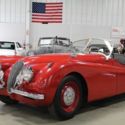 1954 Jaguar XK120 87491 Miles Red Convertible 3.4L 6Cyl 4 Speed Manual
1954 Jaguar XK120 87491 Miles Red Convertible 3.4L 6Cyl 4 Speed Manual
Mileage: 87,491
 1954 Jaguar XK120 SE Roadster
1954 Jaguar XK120 SE Roadster
Mileage: 27,199
 1954 jaguar xk120 roadster
1954 jaguar xk120 roadster
Mileage: 71037
 1954 JAGUAR XK120 ROADSTER OTS RESTORED
1954 JAGUAR XK120 ROADSTER OTS RESTORED
Mileage: 99,999
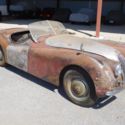 1954 Jaguar XK120 Roadster OTS numbers matching
1954 Jaguar XK120 Roadster OTS numbers matching
Mileage: 100,000
 1954 Jaguar XK120 SE Roadster, Red with 3614 Miles available now!
1954 Jaguar XK120 SE Roadster, Red with 3614 Miles available now!
Mileage: 3614
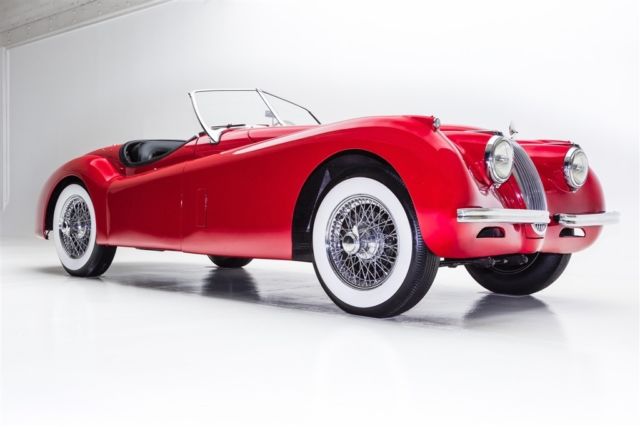
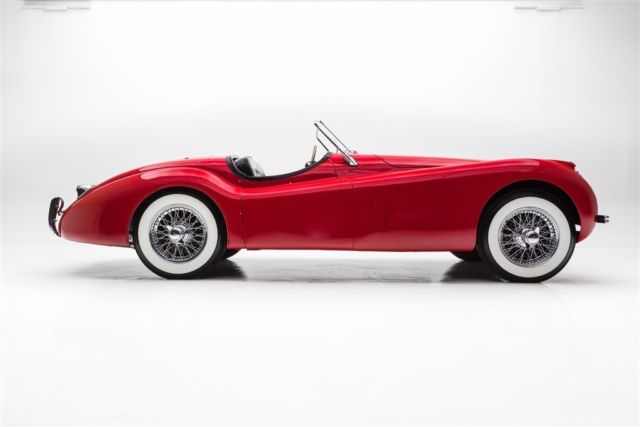
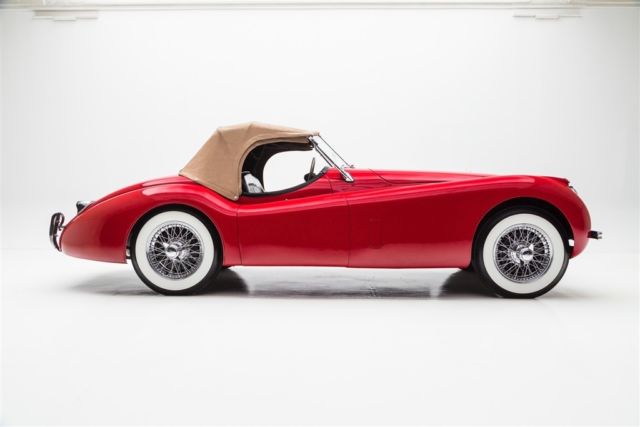
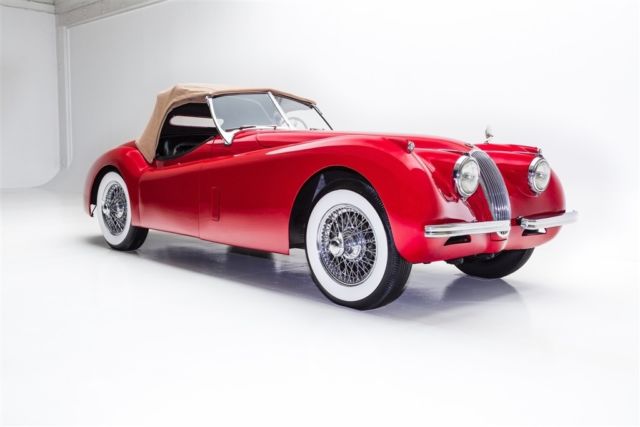
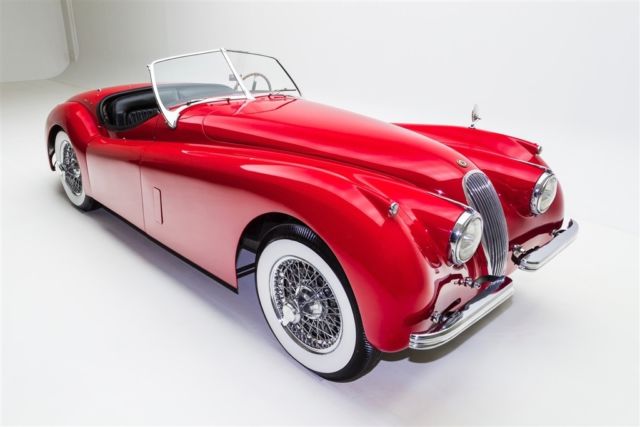

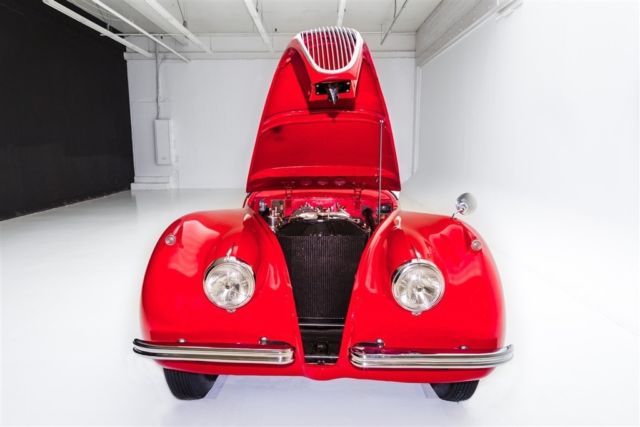

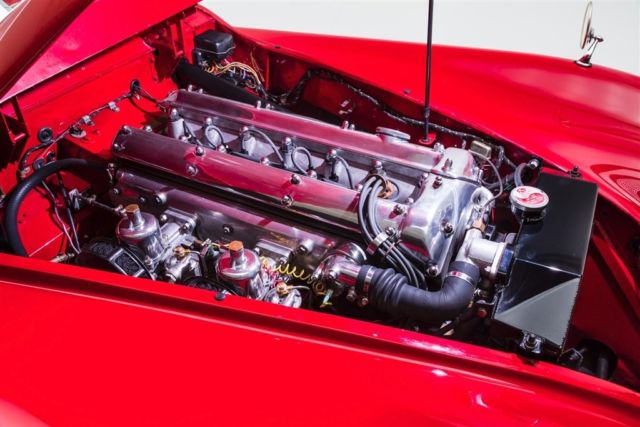



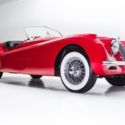 1954 Jaguar XK120 SE, Roadster Manual Convertible
1954 Jaguar XK120 SE, Roadster Manual Convertible
 1954 Jaguar XK120 SE Convertible, Stunning car Manual Convertible
1954 Jaguar XK120 SE Convertible, Stunning car Manual Convertible
 1954 Jaguar XK120 Rare Only 50k Miles Manual Convertible
1954 Jaguar XK120 Rare Only 50k Miles Manual Convertible
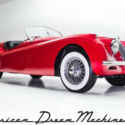 1954 Jaguar XK120 SE Convertible, Stunning car, WINTER CLEARANCE PR Manual
1954 Jaguar XK120 SE Convertible, Stunning car, WINTER CLEARANCE PR Manual